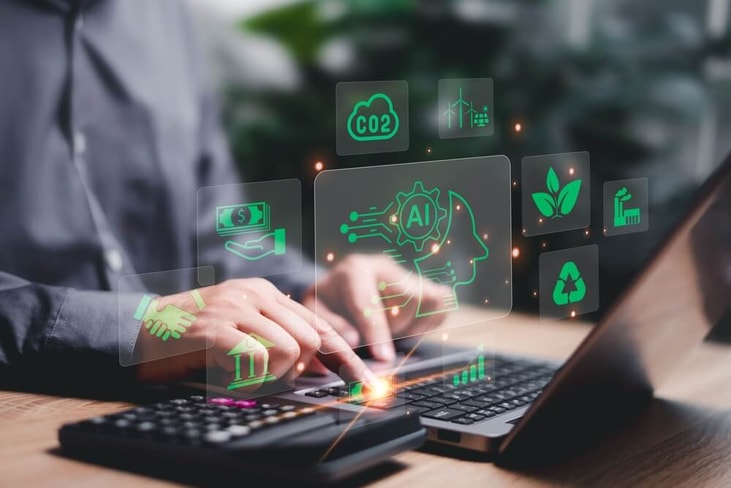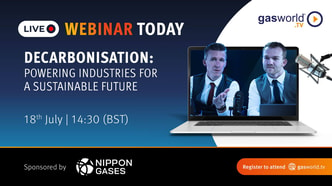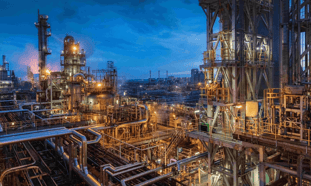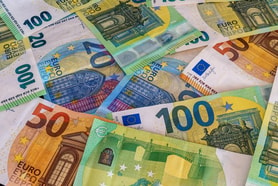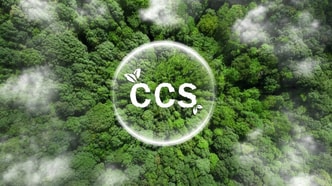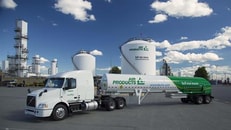AI paves the way for cheaper green hydrogen production
Researchers at the University of Toronto are using artificial intelligence (AI) to speed up the discovery of sustainable energy solutions. Using the Canadian Light Source at the University of Saskatchewan, the team validated an AI-designed catalyst that they claim efficiently produces hydrogen fuel.
Green hydrogen is produced by running electricity from renewable sources between two metal electrodes in water, releasing hydrogen and oxygen gases.
However, this process currently requires a lot of electricity and uses rare, costly metals.
“In a nutshell, the problem is we want renewable hydrogen and to do that we often split water into hydrogen and oxygen and the current state of the art membranes based on nafion are are acidic and a lot of metals dissolve under the acidic conditions,” explained John Kitchin, one of the team of researchers involved in the project.
... to continue reading you must be subscribed

